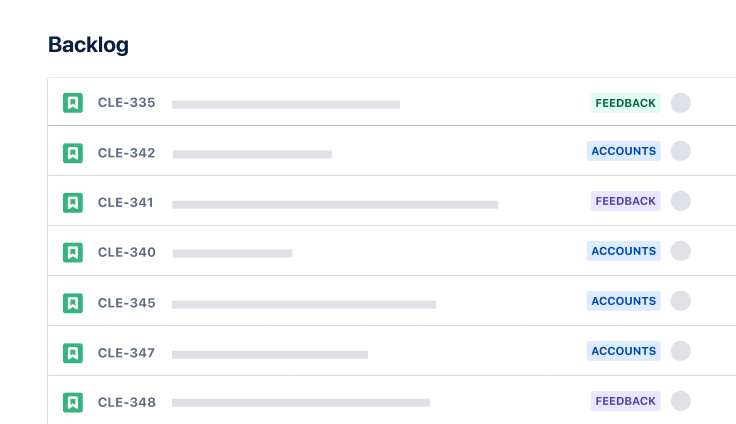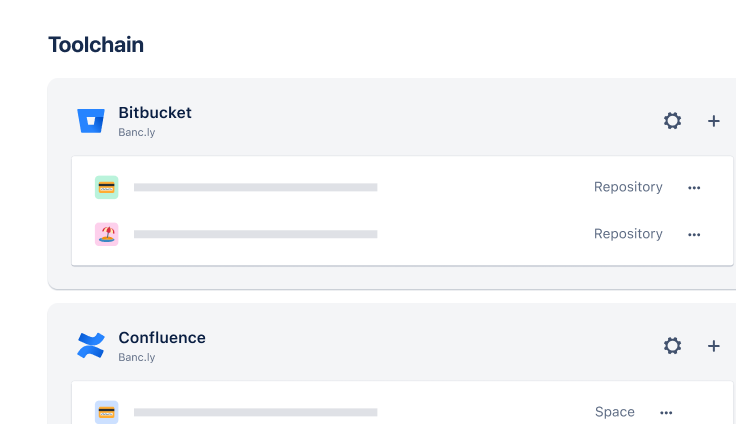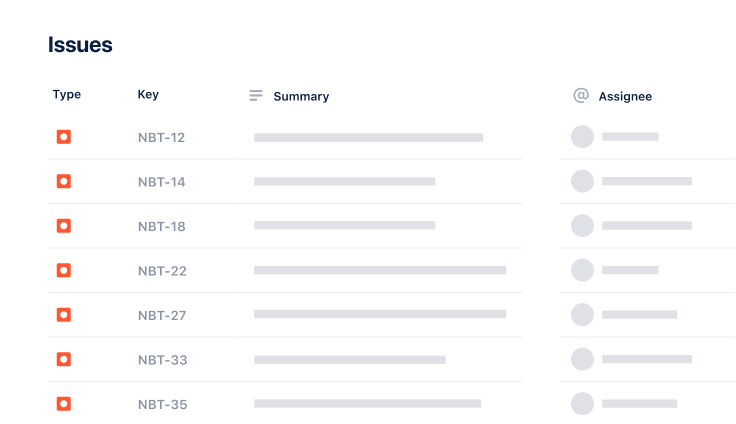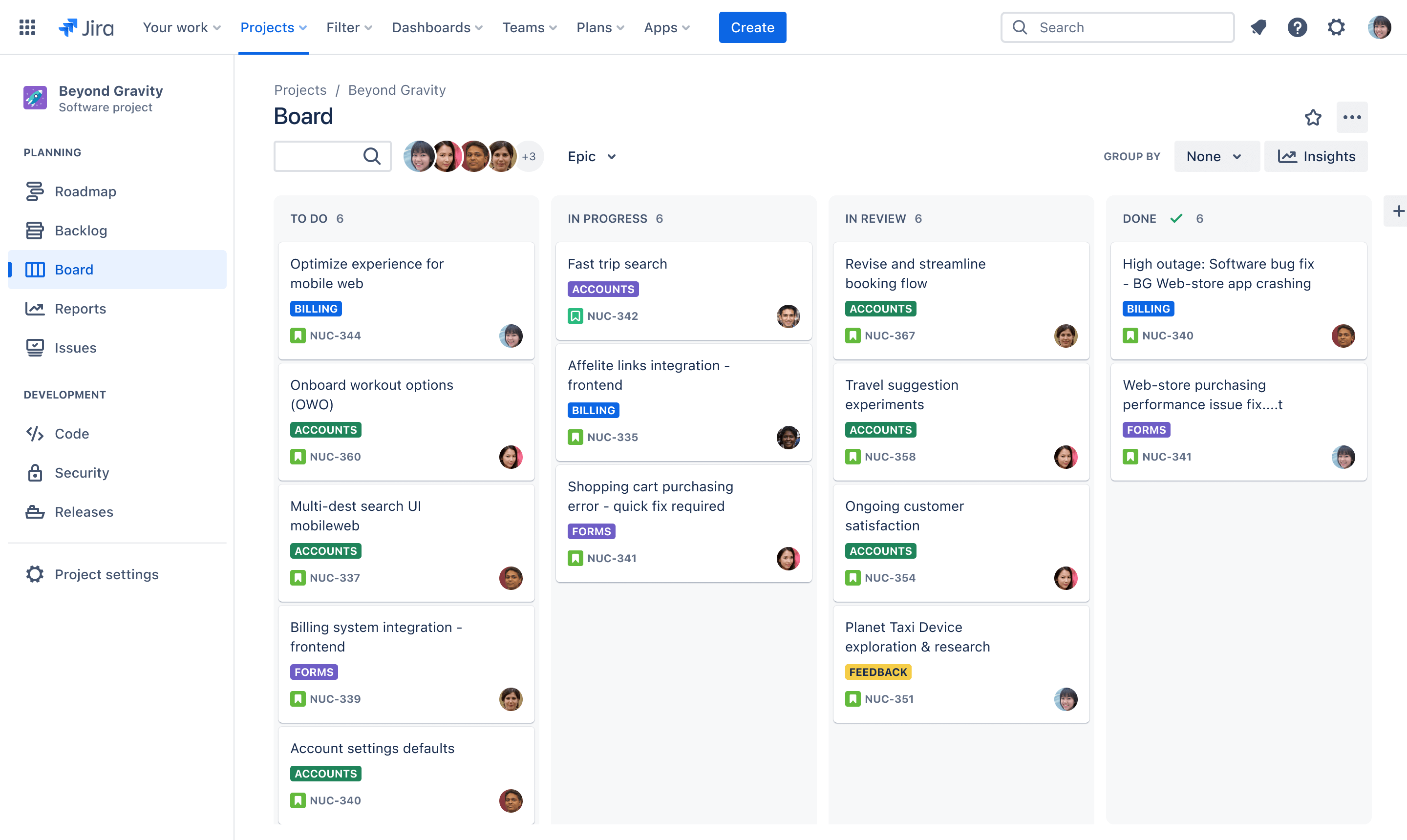
Kanban Board Template
Kanban board templates offer a structured framework that teams can use to visualize work, improve efficiency, and enhance collaboration by providing a clear overview of a project and its tasks.
best for
Software development
key features
Task planning
Progress tracking
What is a kanban template?
The kanban template is pre-formatted to help teams organize and plan their work within the Kanban framework. Kanban is one of the most popular frameworks for implementing agile. With kanban, teams focus on increasing transparency and limiting work-in-progress, thereby improving their flow of work.
What does the kanban template include?
Boards
Kanban boards help agile teams identify bottlenecks, visualize progress, and manage tasks.
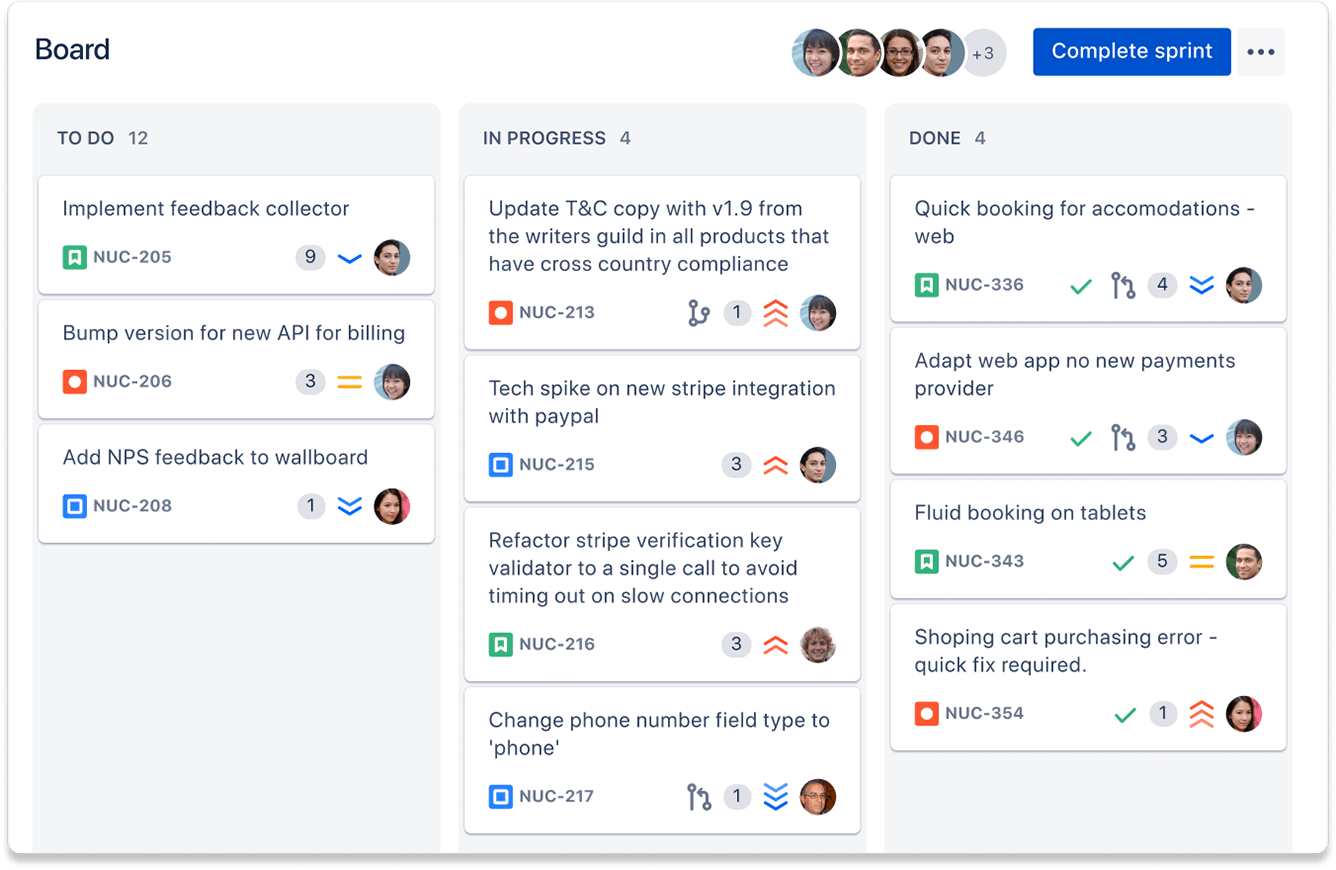
Timelines
Create an interactive timeline by adding epics and mapping work items, dependencies, and releases. Timelines keep your teams and stakeholders in sync.
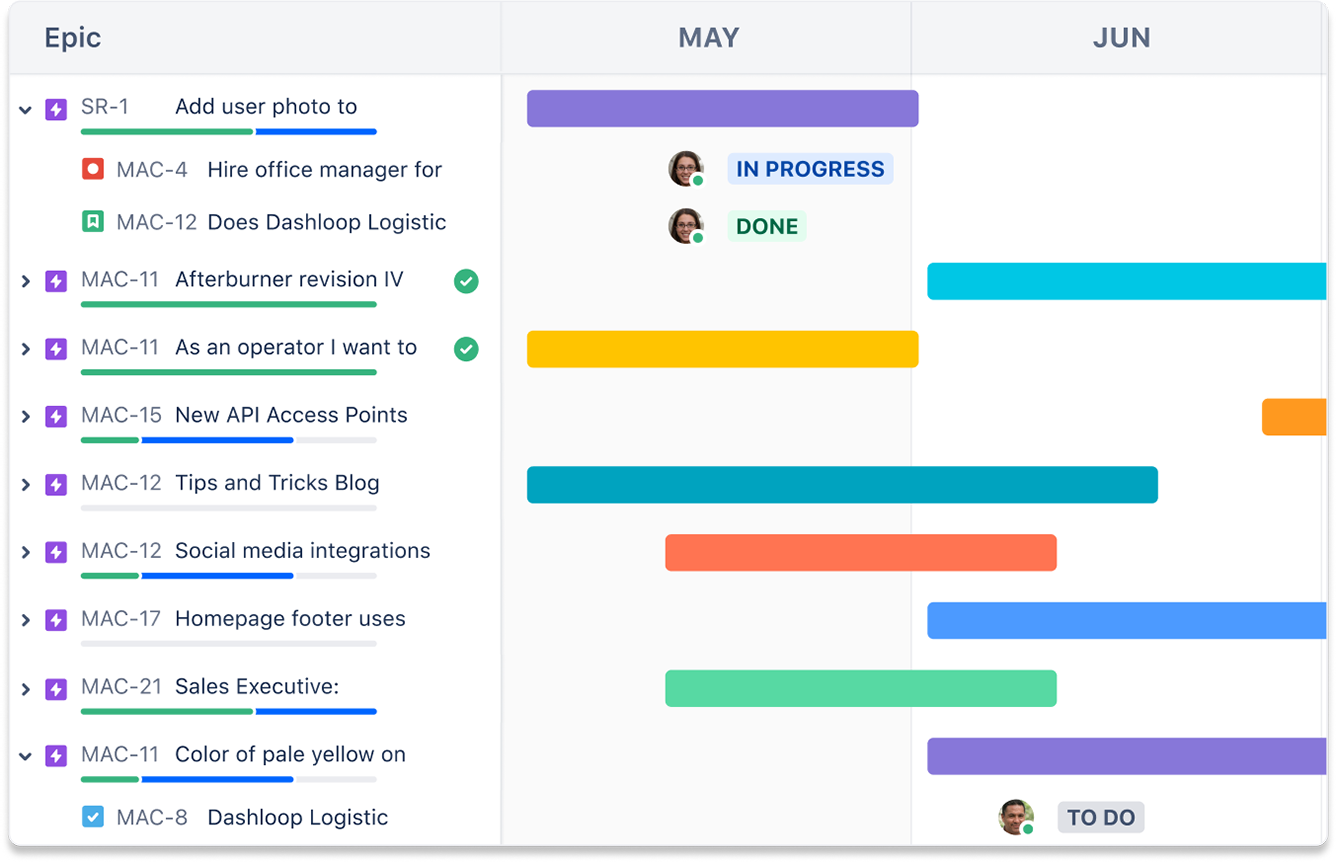
Reports
Out-of-the-box reports and dashboards in Jira Software offer critical insights within the context of your work to ensure your teams are always up to date and set up for success.
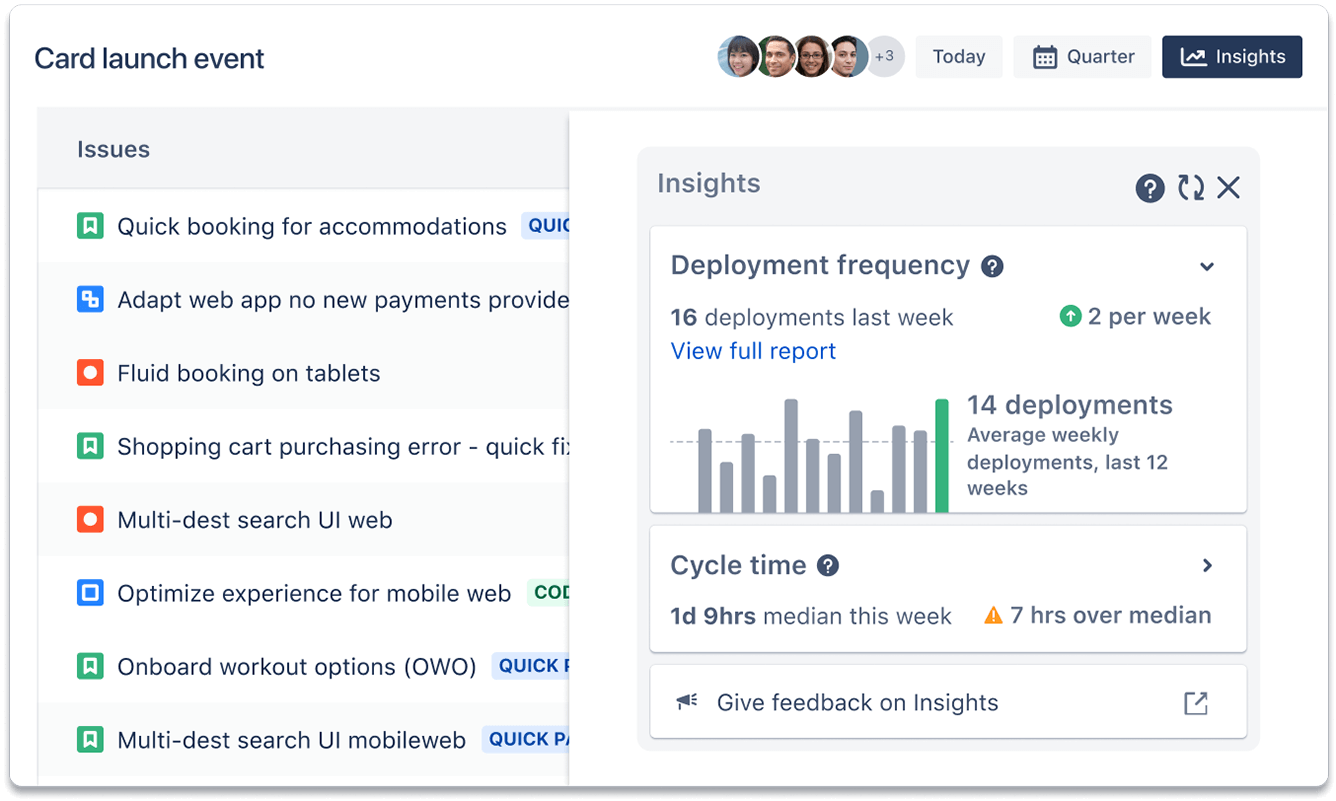
Increase transparency
Quickly check the status of projects and tasks across teams so you can build better, together.
Prevent blockers
Easily visualize tasks and limit work in progress so that tasks flow smoothly through your workflow.

Stay flexible
Use the template as-is, or customize your workflow to best suit your team’s need. Perfect for today, better for tomorrow.
Why use a kanban template?
Teams use Kanban board templates for various reasons. They are simple, efficient, and versatile, allowing teams to customize their boards to fit their preferred workflow, project, or industry requirements. Kanban board templates also save time and ensure consistency in every project by providing a centralized visual tool with up-to-date information that everyone on the team can access in real-time.
Visual task management
In project management, having a visual tool that displays tasks and workflows in a single accessible place is crucial to establishing understanding and communication. Being able to see upcoming and ongoing tasks, their status, and completed work at a glance improves comprehension, encourages transparency and accountability, and facilitates collaboration.
Kanban boards are the embodiment of visual task management. They provide columns representing workflow stages where you can place tasks and move them along as they progress toward completion. This allows teams to monitor and manage work easily and creates an intuitive layout that everyone can engage with.
Improved collaboration
Kanban boards streamline collaboration between team members by providing a shared visual platform that everyone can use as a single source of truth. The transparency into task status and workload enables teams to prioritize tasks, coordinate efforts, and communicate more effectively.
The versatility of Jira Kanban boards allows you to create customized board views tailored to the unique requirements of different teams at various stages of the software development process. Jira enables software and business teams to create dependencies between tasks and bring those details into their boards. This adaptability ensures teams have the right tools and visibility to optimize their workflows, improving overall project efficiency.
Enhanced workflows
Kanban boards streamline workflows by visually representing the progression of tasks through various stages. These stages include “To Do,” which queues tasks for future work; “In Progress,” where tasks are actively undergoing work; and “Done," indicating completed tasks. You can also add custom columns to fit your particular business.
By monitoring relevant metrics and limiting the number of tasks allowed in the "In Progress" column (using WIP limits), the Kanban structure prevents team members from becoming overloaded with tasks, thus avoiding bottlenecks. This visual control system ensures that work flows smoothly from one stage to the next, maintaining efficient task management.
Continuous improvement
A core tenet of the Kanban methodology is continuous improvement. Kanban board templates are structured to encourage regularly reviewing and refining the workflow and processes to achieve the best possible outcomes.
Teams using Kanban boards routinely analyze agile reports and metrics, such as lead times and cycle times, to identify bottlenecks or areas for enhancement. Through constant iterative adjustments, teams can optimize their workflow, adapt to changing requirements, and continuously improve their ability to deliver higher-quality results.
Featured products:
Jira for software teams
Jira offers a simple and customizable platform to connect DevOps, IT teams, and business teams, along with Kanban templates to break down software development into organized, manageable tasks.
Jira for business teams
Jira enables business teams to take advantage of agile tools, such as Kanban boards. In addition to Calendar and Timeline views, Jira offers business teams a board view that gives them a clear and easy way to visualize work.
How to get started with the kanban template
This template uses Jira Software to help your team manage a continuous flow of work.
